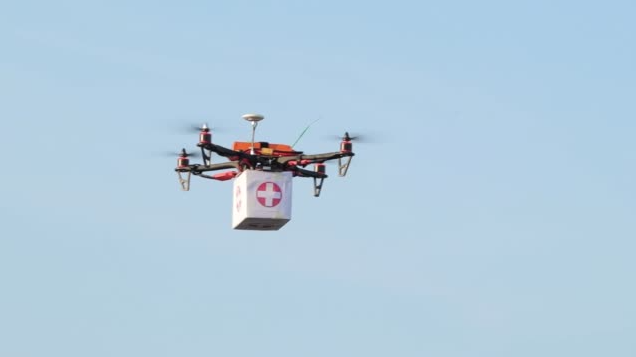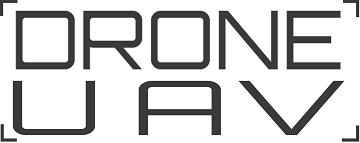Previous post
What factors need to be considered in VTOL drone design?


Drones, also known as unmanned aerial vehicles (UAVs), are increasingly being used in healthcare to improve patient outcomes and delivery of healthcare services. Here are some ways drones are used in healthcare:
Medical Supplies Delivery: Drones can be used to transport medical supplies, such as medications, vaccines, and blood samples, to remote or hard-to-reach areas. This can improve access to healthcare in underserved areas and reduce transportation times.
Emergency Response: In emergencies, such as natural disasters or mass casualty incidents, drones can quickly deliver medical supplies, equipment, and first aid kits to the affected areas. This can help save lives by providing timely medical care to those in need.
Telemedicine: Drones equipped with high-definition cameras and video conferencing capabilities can be used to connect patients in remote areas with healthcare professionals. This can improve access to medical consultations, diagnoses, and treatment plans.
Monitoring: Drones equipped with sensors can monitor environmental factors, such as air quality, temperature, and humidity, to identify potential health risks in a given area. This can help public health officials take preventive measures to protect the population from diseases and environmental hazards.
Search and Rescue: In search and rescue operations, drones can be used to locate missing persons or injured hikers in remote areas, helping rescue teams respond more quickly and efficiently.
Overall, drones have the potential to revolutionize the healthcare industry by improving access to healthcare services, reducing transportation times, and enhancing emergency response capabilities.

